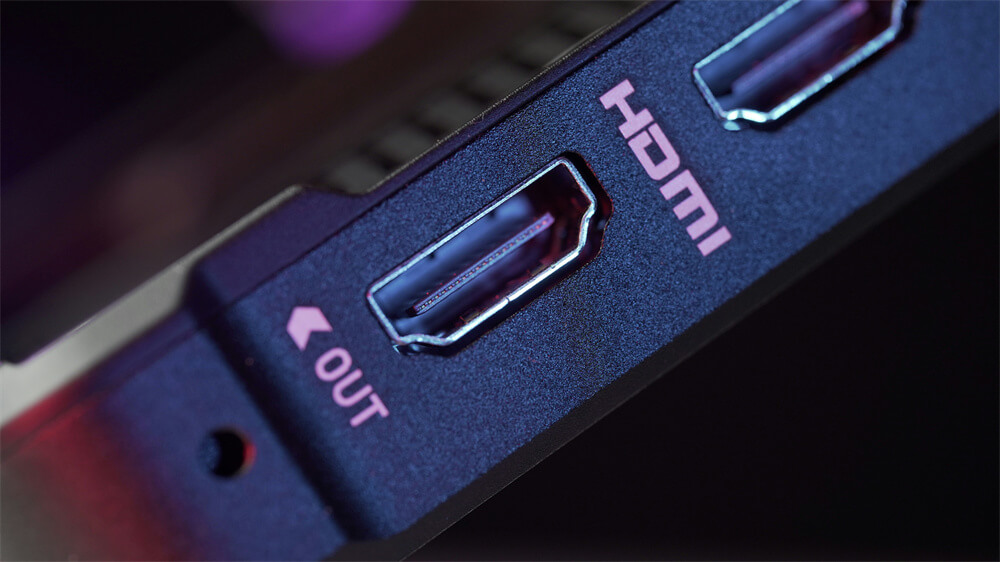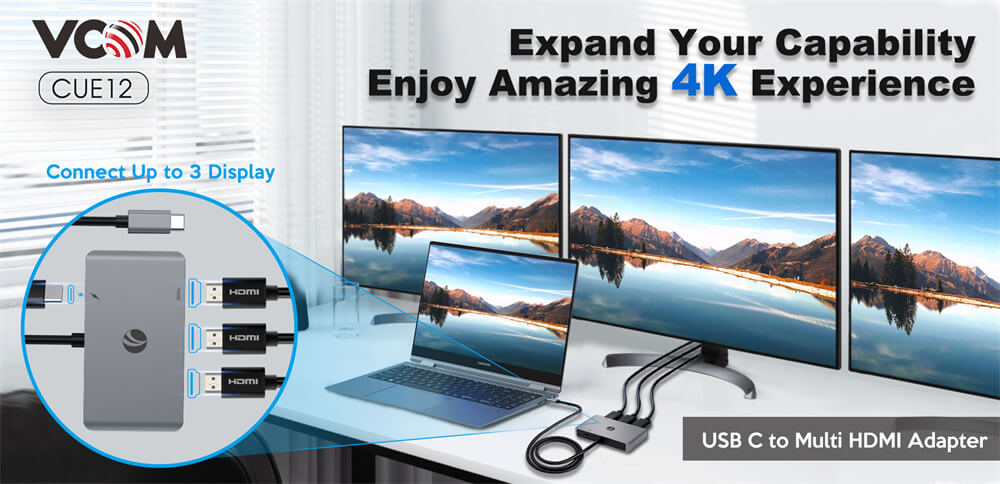In today's digital landscape, the need for seamless connectivity between devices is more important than ever. As technology evolves, so does how we connect our gadgets to various displays. The USB-C to HDMI adapter has emerged as a vital accessory, enabling users to connect devices like laptops, tablets, and phones to larger screens such as TVs, monitors, and projectors. This guide will walk you through understanding, preparing, and effectively using a USB-C to HDMI adapter.
Understanding USB-C to HDMI Adapters
A USB-C to HDMI adapter is a compact, often lightweight device designed to bridge the gap between USB-C and HDMI, two common but distinct technologies. USB-C ports are now standard on many modern devices due to their versatility, speed, and ability to deliver power, data, and video through a single cable. HDMI, short for High-Definition Multimedia Interface, is the standard interface for transmitting high-definition video and audio between devices like computers, gaming consoles, and display screens.
When choosing a adapter, it is crucial to understand your specific needs. Some adapters may offer additional features such as support for 4K resolution, HDR (High Dynamic Range), or multiple port options. Ensure your adapter is compatible with your device's USB-C specifications, as not all USB-C ports support video output. This can usually be confirmed by checking your device's user manual or manufacturer's website.

Preparation Before Use
Before connecting your devices using a USB-C to HDMI adapter, consider the following preparatory steps:
Device Capability Check: Not every USB-C port supports all functions, including video output. This is particularly true for some smartphones and tablets. Check your device's specifications to ensure it can output video via USB-C. This information is often found in the device's settings or the manufacturer's website.
Display Compatibility: Ensure that the device you intend to use has HDMI input ports. This is common on most modern televisions and monitors, but if you're using an older display, you may need additional adapters or converters.
Cable Quality: a high-quality HDMI cable is essential for maintaining video and audio quality. Inferior cables can lead to signal degradation, resulting in poor picture or sound quality.
Software Updates: Ensure that your device's operating system is up-to-date. This can help resolve potential compatibility issues with the USB-C to HDMI adapter.
Steps to Connect USB-C to HDMI
Connecting your devices is a straightforward process, but attention to detail can prevent common issues:
1. Connect the USB-C End:
Insert the adapter's USB-C connector into your device's USB-C or Thunderbolt 3 port. Ensure that the connection is snug to prevent any connectivity issues later. Some devices may have multiple ports, so ensure one that supports video output.
2. Connect the HDMI End:
Insert the HDMI cable into the adapter and connect the available HDMI port of your display. Ensure the connection is secure, as a loose connection can lead to signal loss or interference.
3. Select HDMI Input:
Use the display's remote control or onboard buttons to select the correct HDMI input channel. Many displays have multiple HDMI ports, so ensure you're on the right one to see your device's output.
4. Power Considerations:
Some adapters may require additional power, especially if they offer multiple outputs or support high-resolution displays. If your adapter has a power input, connect it to a power source.
Adjusting Display Settings
After establishing a physical connection, you may need to configure your device's display settings:
Mirroring vs. Extending Display:
Decide whether you want to mirror your device's screen on the display or extend it to use the display as a second screen. Mirroring is useful for presentations and viewing content on a larger screen while extending is beneficial for multitasking.
Resolution Settings:
Adjust the resolution settings in your device's display settings to match the capabilities of your display. This helps avoid issues like stretched or pixelated images. Most operating systems automatically detect the best resolution, but manual adjustments can optimize the display quality.
Orientation Settings:
If a monitor supports rotation, you can change the display orientation (portrait or landscape) to suit your needs.
Advantages of Using USB-C to HDMI Adapters
USB-C to HDMI adapters offer a range of advantages that make them indispensable for many users:
High-Quality Video and Audio:
These adapters support high-definition video and audio transmission, making them ideal for professional presentations, watching movies, or gaming. Some adapters even support 4K resolution and HDR, providing an enhanced viewing experience.
Versatility and Portability:
USB-C to HDMI adapters are typically small and lightweight, making them easy to carry in a laptop bag or backpack. You can easily connect your devices wherever you are, whether at home, in the office, or on the go.
Cost-Effective Solution:
Using an adapter is a cost-effective way to leverage existing technology, compared to buying a new HDMI-compatible device or display.

Potential Issues and Solutions
While using a USB-C to HDMI adapter is generally straightforward, you might encounter some common issues:
No Signal or Poor Display Quality:
Ensure all connections are secure and the display input source is set correctly. If you're experiencing signal issues, try using a different HDMI port or cable. Also, verify that the adapter is fully compatible with your devices.
Compatibility Issues:
If the adapter doesn't work, check if your device's software is up-to-date. Updating your device's drivers or operating system can resolve compatibility issues. Conversely, if a recent update caused issues, consider rolling back to a previous version.
Power Requirements:
Some adapters require additional power, especially if they offer multiple outputs or support high-resolution displays. Make sure the adapter is receiving adequate power if needed.
Audio Transmission Issues:
Check your device's audio settings If you're not getting audio output through the HDMI connection. Ensure that the HDMI device is selected as the audio output source.
Endnote
Follow VCOM to learn more knowledge about USB & HDMI.
Tag:Adapter,USB-C,HDMI




